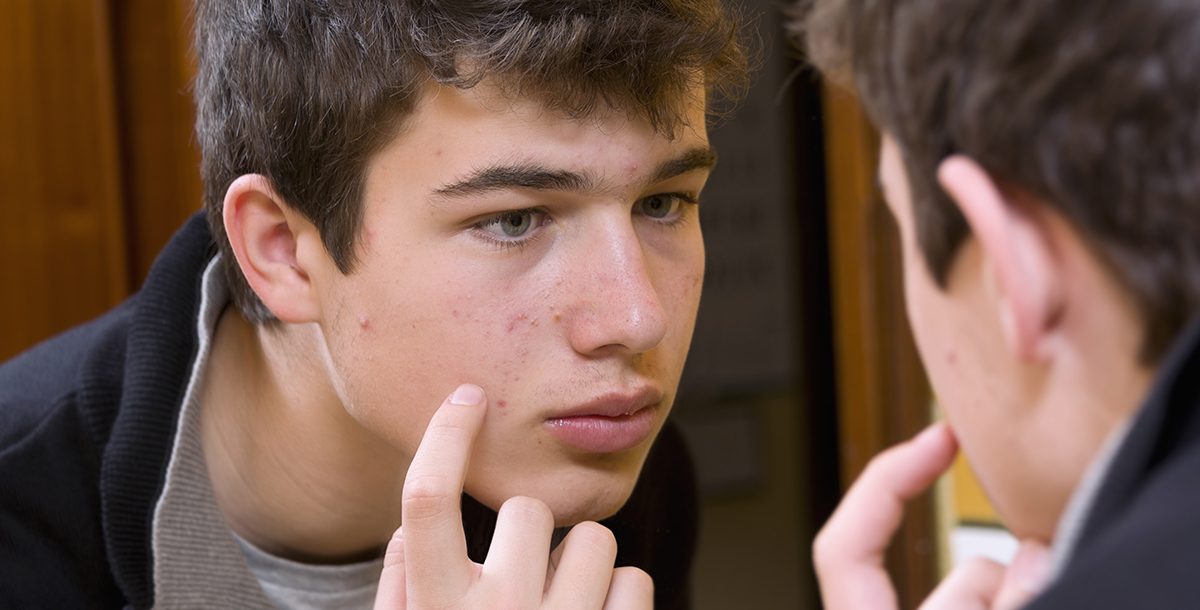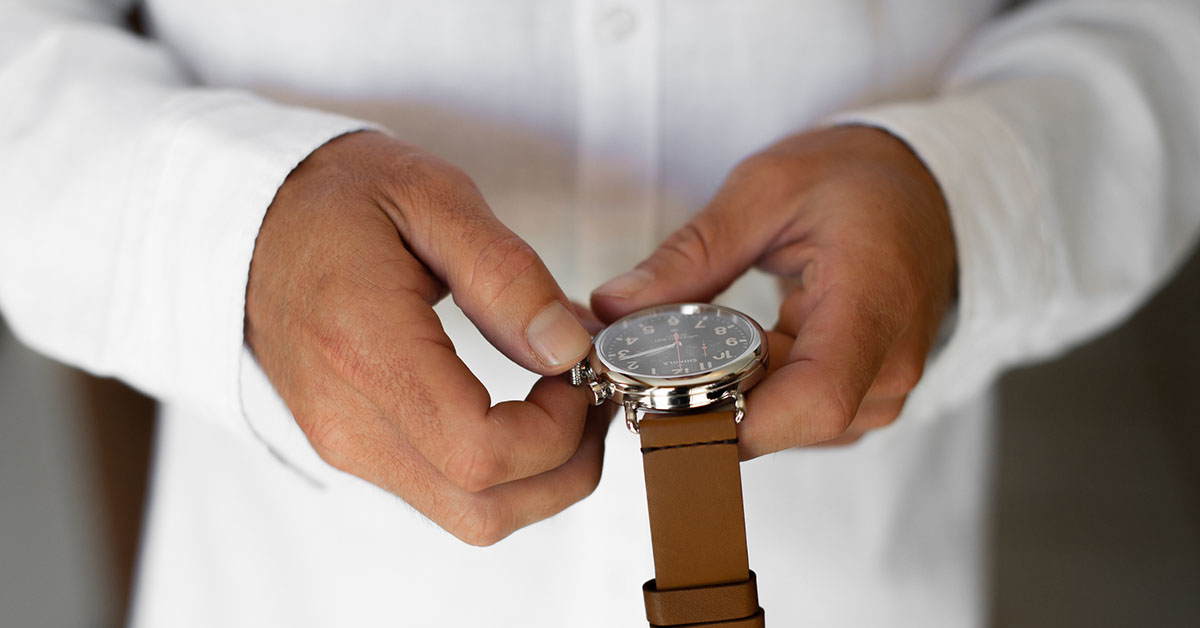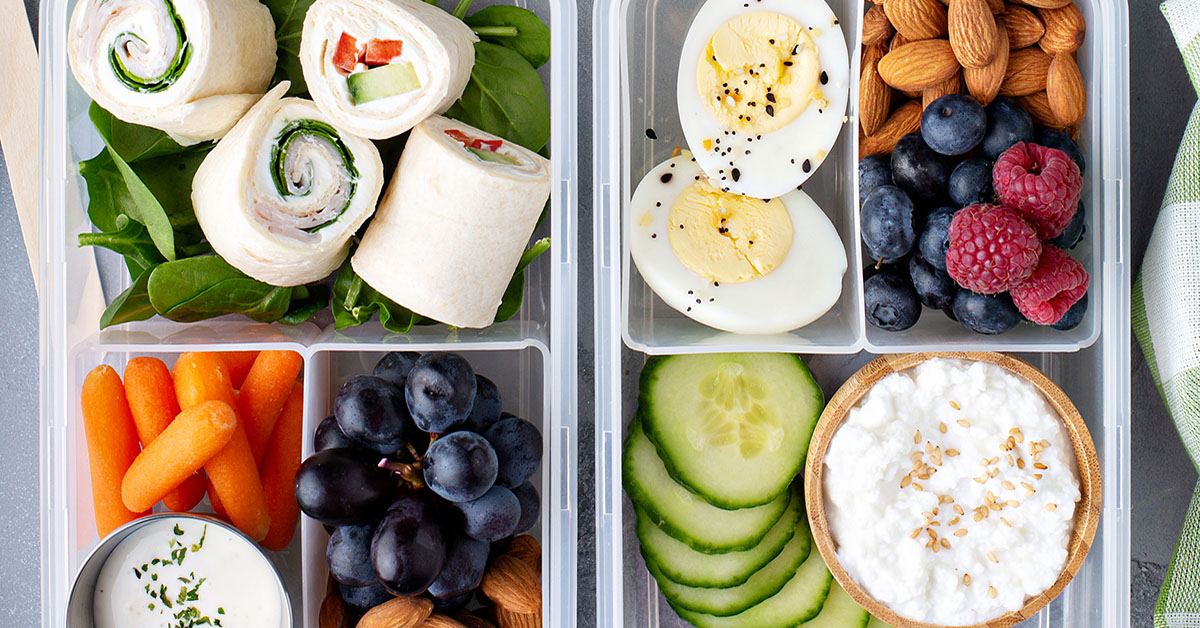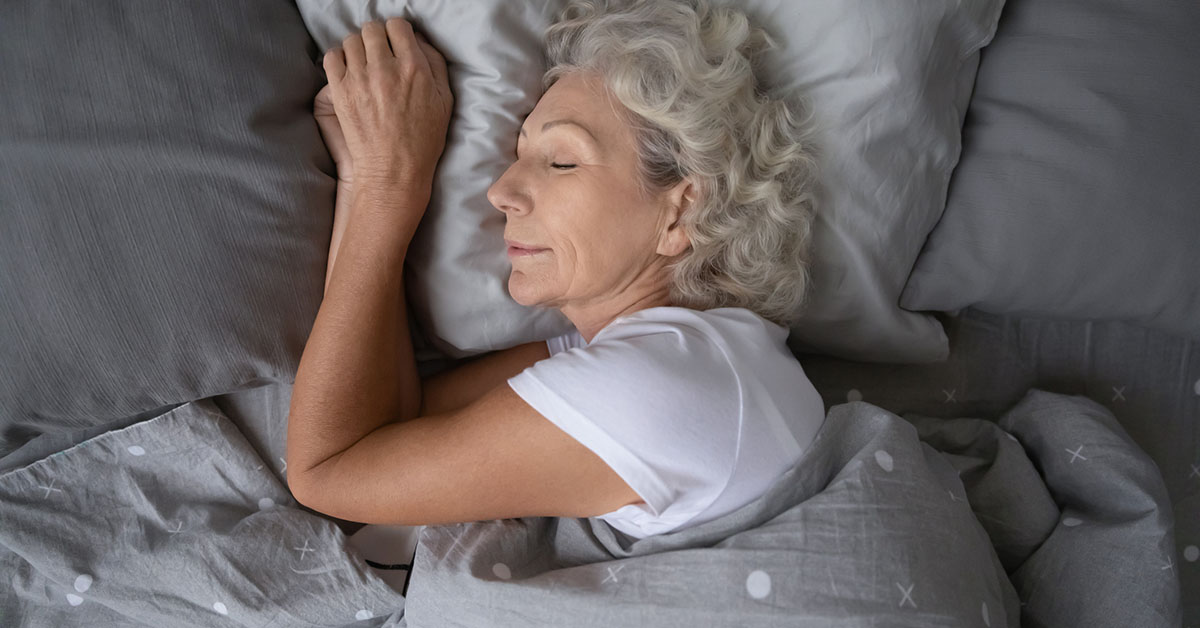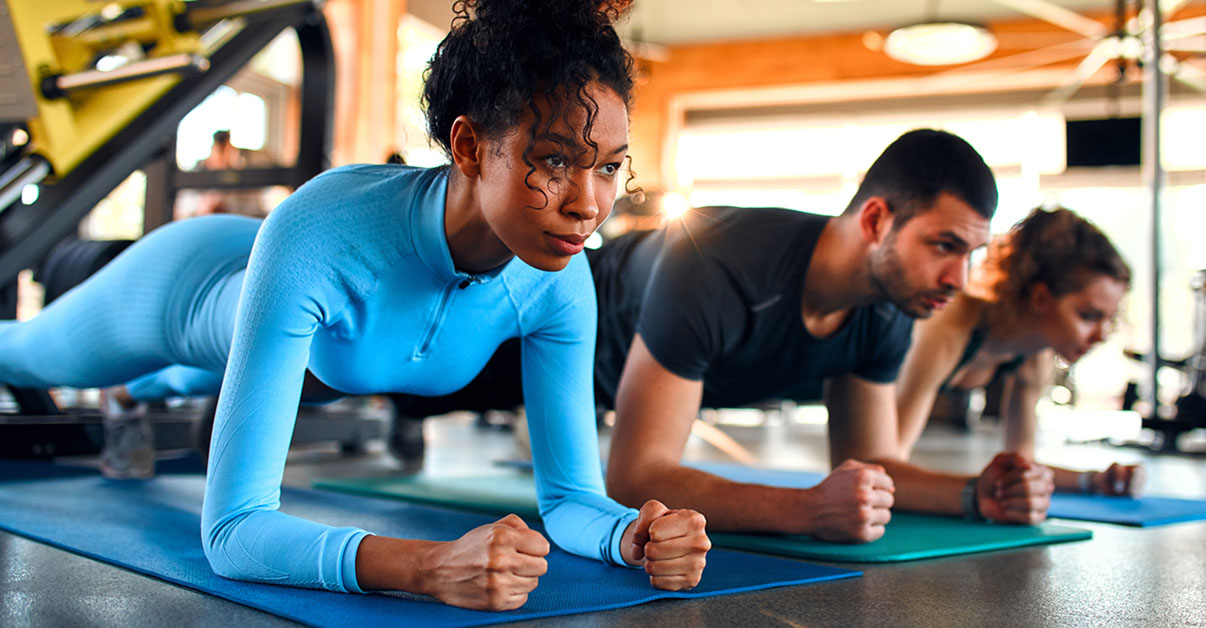The teen years are hard enough without adding in skin issues. However, what may start out as pre-teen acne can develop into a case of full-blown acne that won’t let up.
If your teenager is struggling with breakouts, learn about what causes acne in teens so you can help them have clearer skin.
First off, what is acne?
Acne involves the clogging of the hair follicles under the skin. The oil that the skin naturally produces to prevent it from drying out plugs up the pores. When this happens, pimples are usually the result.
Healthy skin naturally sheds skin cells and oil to keep pores clear. A person with acne will have pores that fill with dead skin cells, hair and oil. So, bacteria collect and cause swelling, redness and pain. This is what shows up on the skin as pimples.
Acne happens mostly on the face, but it can also show up on the shoulders, chest and back.
What does acne look like?
Acne involves several different types of pimples. Some people will have more than one type of pimple at the same time.
- Pustules are often red at the base with white or yellow pus at the top.
- Papules are small, pink bumps on the skin that look like inflamed lesions.
- Whiteheads are when a clogged hair follicle stays under the skin and produces a white bump.
- Nodules go deep into the skin, and they are large and painful. Severe nodule acne is called cystic acne.
- Blackheads involve plugged hair follicles that open up on the surface of the skin, giving a dark color as air makes the oil turn dark.
Why do teens get lots of acne?
Acne often becomes a problem for kids as they reach puberty. The hormones involved in puberty stimulate oil glands, making them too active.
Acne may also be hereditary. If other people, like parents or older siblings, had trouble with acne, a child may be more likely to develop acne.
Tips for treating teen acne
It’s impossible to completely prevent acne. However, you can help your teenager treat it to help reduce the number of breakouts.
- If acne appears on the chest or back, don’t wear tight clothing, because this can irritate the skin.
- Use moisturizers that are made to not clog pores. These products are usually labeled as water-based.
- Always wash after sweating or being around greasy food as it cooks, because this can cause more clogged pores.
- Avoid squeezing pimples to try to pop them, because this might push the pus deeper down into the skin and not out. Squeezing pimples can also cause permanent scars.
- Wash the skin regularly where acne is appearing. This helps remove excess oils and dead skin that will clog pores. Don’t wash so much that you make the skin too dry though, because this might irritate any acne that is already on the skin.
Using over-the-counter acne products can be helpful for some teenagers. Look for products that have benzoyl peroxide and salicylic acid, which can help dry up excess oils and clear away pimples.
And if none of this works to relieve your teenager’s acne, see their health care provider for advice and possible treatment. Prescription gels and creams may help, and oral medication is another option.
Most teenagers with acne have the problem for between five and 10 years, and it usually goes away sometime during their 20s. Both boys and girls can get acne, but boys may have more severe cases than girls. However, it’s mainly women who can suffer from acne into their 30s and beyond though.
No one should suffer in silence with acne because there are treatment options available both with and without a prescription.
Learn about the dermatology and skin care services we offer at Mercy Health.


